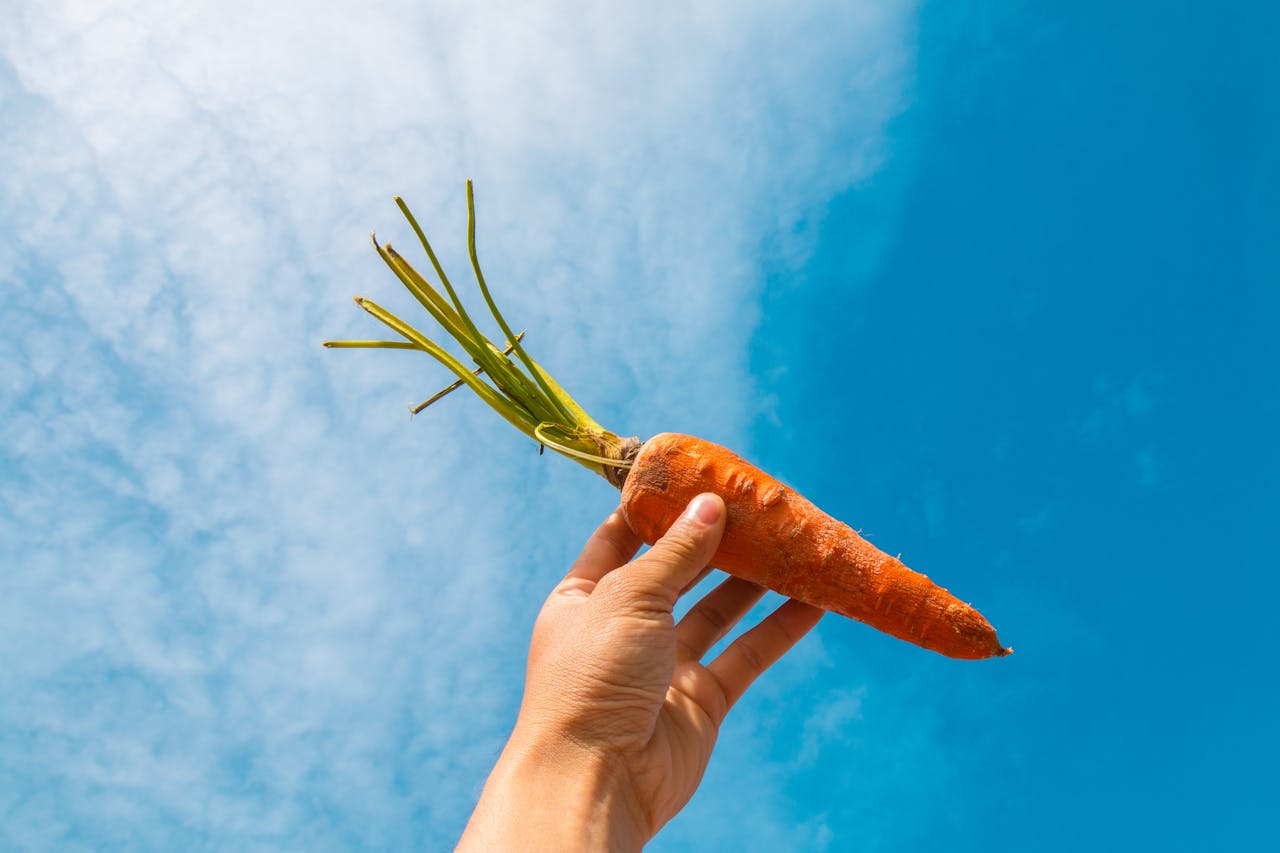Columbine flowers, belonging to the genus Aquilegia, are a delightful addition to any garden, renowned for their unique, spurred blossoms and attractive fern-like foliage. Here’s a comprehensive guide on how to plant, grow, and care for these beautiful flowers.
Choosing the Right Location
Columbine flowers thrive in well-drained soil, which is crucial for their health. They can be planted in a woodland garden or in pots, provided the soil has good drainage. These plants prefer partial shade, especially in hotter climates, but can tolerate full sun in cooler regions[2][4][5].
Soil Requirements
Columbines do well in almost any well-drained soil but prefer slightly acidic soil. Avoid planting them in clay soil, as it can lead to poor drainage and root problems[2][4].
Planting
When planting columbine flowers, ensure the crown is at soil level. This shallow planting is essential for the plant to bloom properly. If planted too deeply, the plant may not produce flowers[2].
Light and Temperature
For optimal flowering and plant health, partial shade is ideal. However, in cooler climates, columbines can handle full sun. It’s important to provide some shade during the summer heat to prevent the plant from going dormant[2][4][5].
Watering
Columbine flowers prefer a moist environment but are tolerant of dry conditions once established. Regular watering is necessary during the growing season, especially when the plants are in full sun. However, overwatering can lead to fungal issues like powdery mildew, so it’s crucial to maintain a balance. Mulching around the base of the plant can help retain moisture and prevent weed growth[1][2].
Fertilization
Use a liquid, water-soluble fertilizer once a month during the growing season (spring to fall) to promote healthy foliage and better blooms. A fertilizer with a balanced NPK ratio (such as 5-10-5) is recommended, as high nitrogen levels can inhibit flower production[4].
Pest and Disease Management
Keep an eye out for pests like columbine aphids and leaf miners during the growing season. Treat infestations with insecticidal soap. To prevent powdery mildew, ensure good air circulation around the plants and consider using a fungicide if necessary[1].
Deadheading and Self-Seeding
After the blooming season, cut the plants down to the ground to allow them to rebuild their energy reserves. Columbine flowers are known to self-seed, which can lead to overcrowding. Remove spent blossoms before they drop their seeds, or thin out the seedlings in early spring to ensure sufficient space for each plant[1][2].
Varieties
There are several varieties of columbine flowers, each with unique characteristics:
- Aquilegia ‘Crimson Star’: Known for its vibrant red blossoms with white corolla and long, crimson spurs.
- Aquilegia ‘McKana Hybrid’: Features large, long-spurred, bi-colored flowers in shades of pink, orange, and white.
- Aquilegia caerulea (Rocky Mountain Columbine): Boasts blue and white blossoms in early summer.
- Aquilegia Songbird ‘BlueBird’: Displays blue and white flowers, attracting pollinators like bees and hummingbirds[1][4].
Most Important Facts About Columbine Flowers
- Soil and Drainage: Columbine flowers thrive in well-drained soil and prefer slightly acidic conditions.
- Lighting: They prefer partial shade, especially in hotter climates, but can handle full sun in cooler regions.
- Watering: Maintain a moist environment but avoid overwatering to prevent fungal issues.
- Fertilization: Use a balanced fertilizer (e.g., 5-10-5 NPK) to promote healthy foliage and blooms.
- Pest and Disease Management: Watch for pests like aphids and leaf miners, and ensure good air circulation to prevent powdery mildew.
- Deadheading and Self-Seeding: Cut plants down after blooming and manage self-seeding to prevent overcrowding.
- Varieties: Several varieties are available, each with unique flower colors and growth habits.
- Temperature Sensitivity: Columbines are sensitive to high temperatures and flower best in cooler temperatures.
- Hardiness Zones: They are perennial in USDA hardiness zones 3 to 8.
By following these guidelines, you can successfully grow and care for columbine flowers, enjoying their vibrant blooms and attracting a variety of pollinators to your garden.



